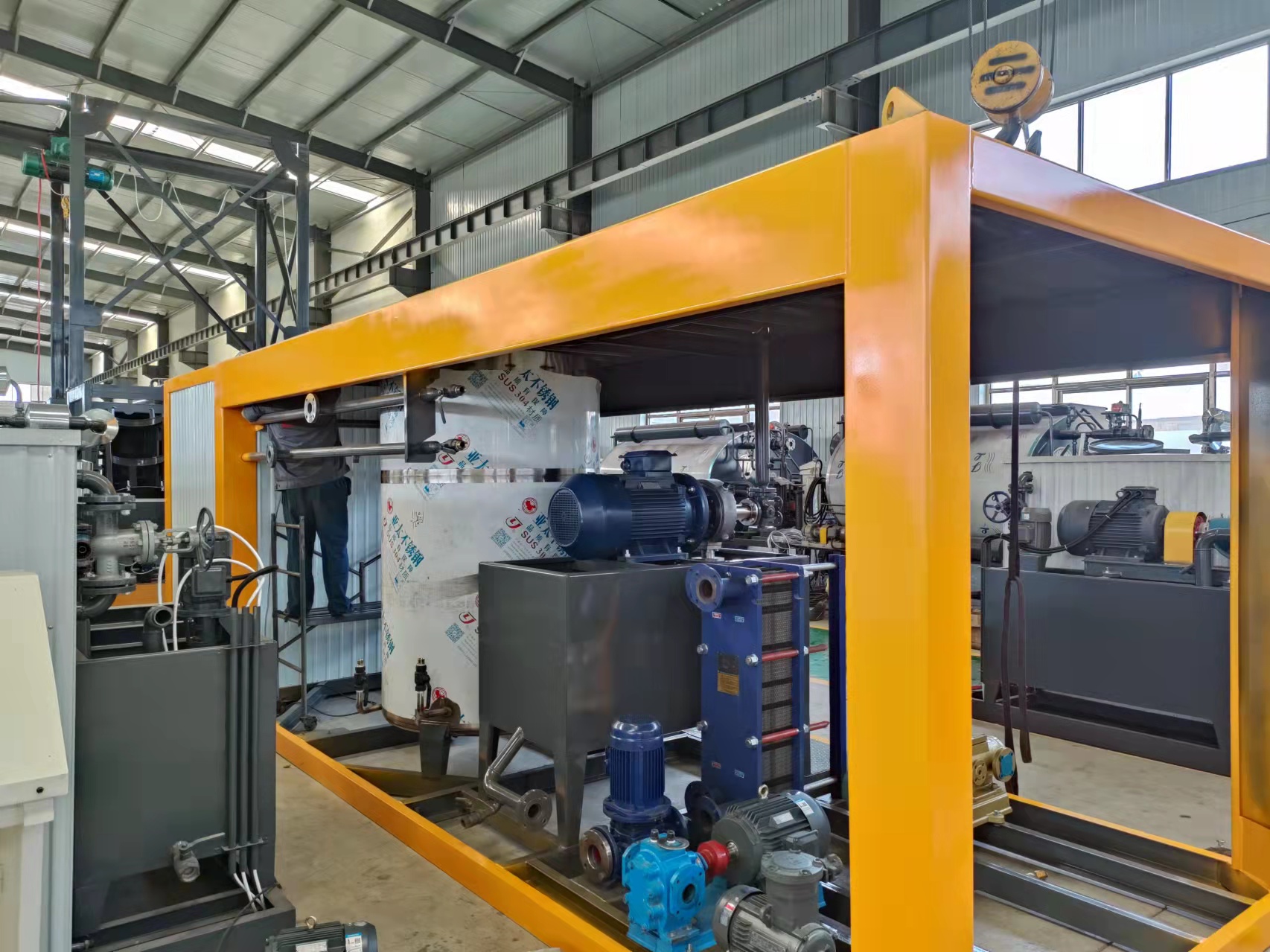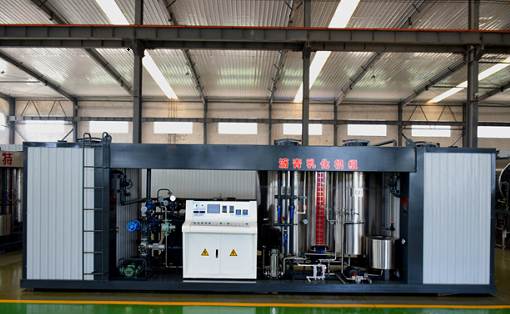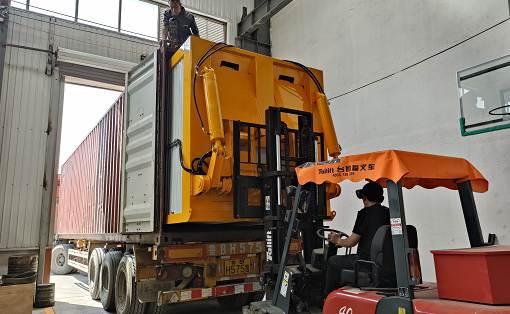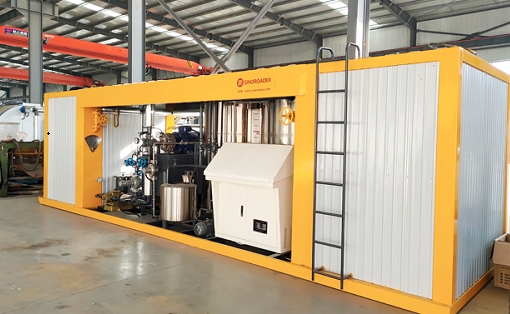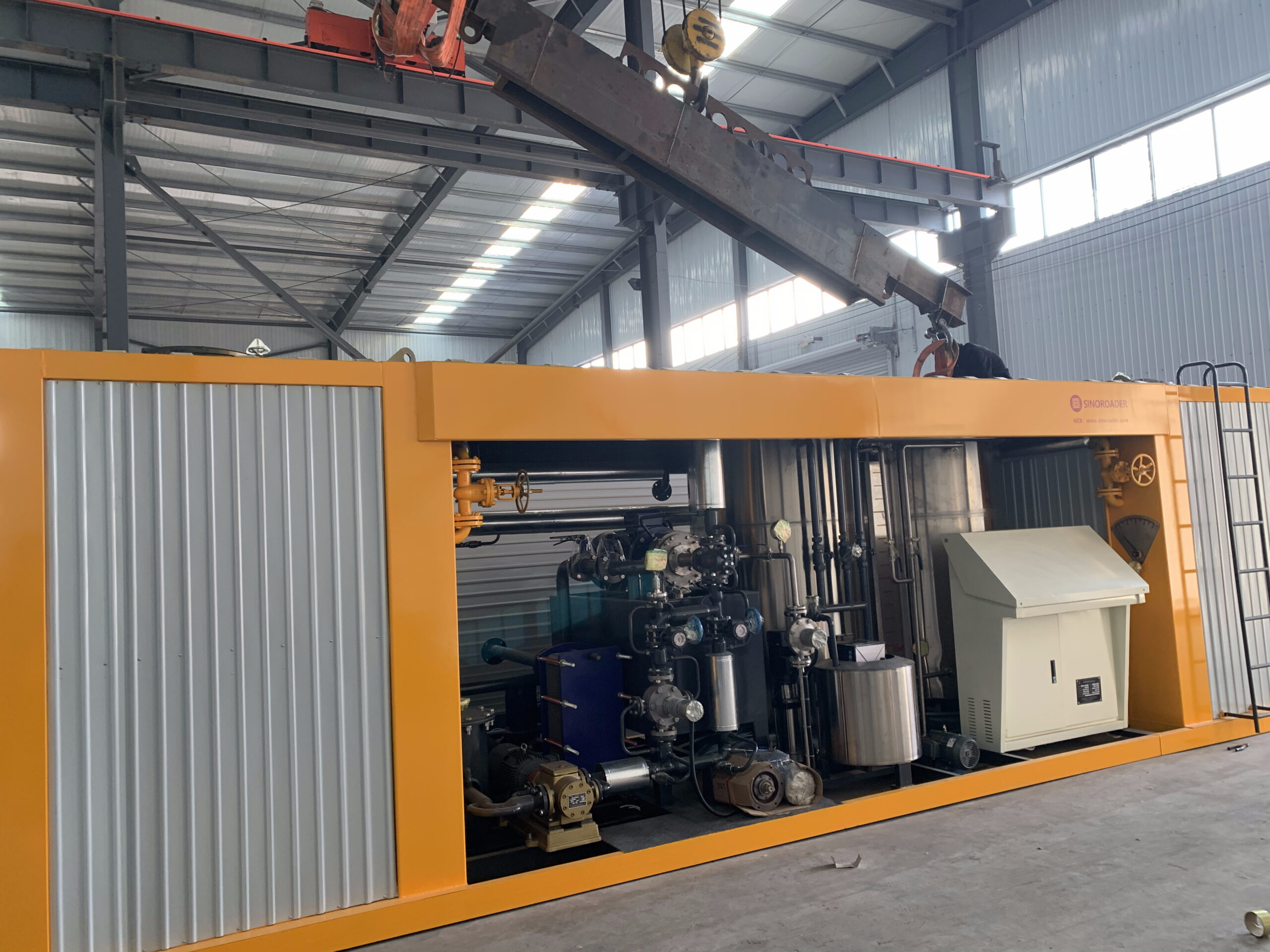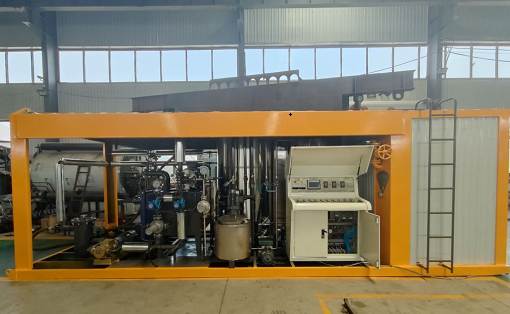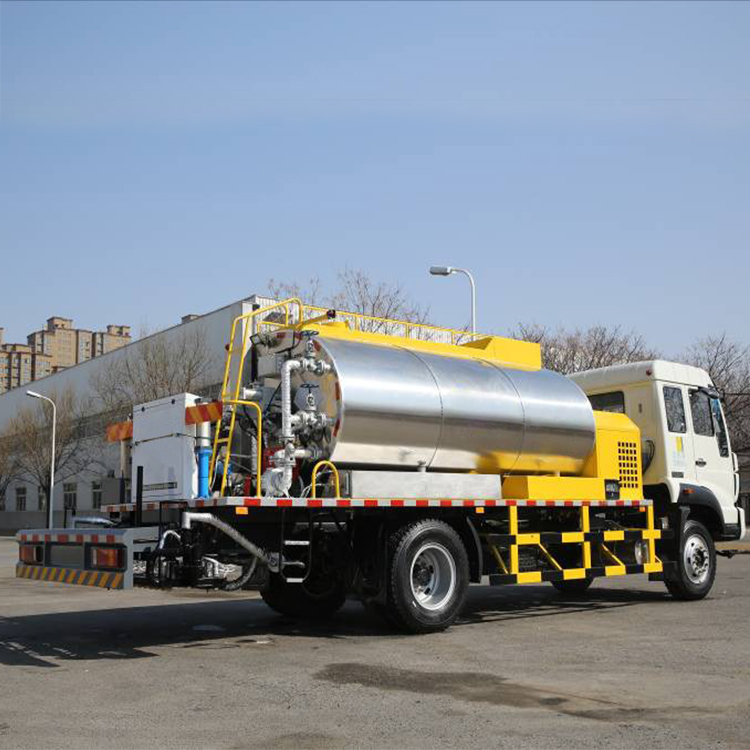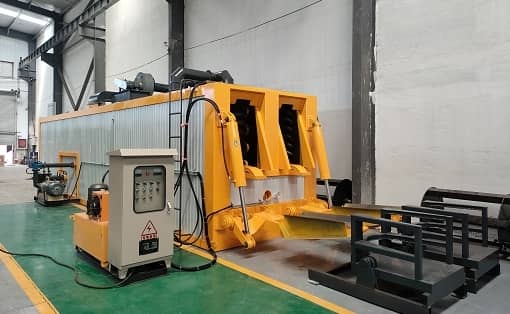Do you know what the bitumen colloid mill is used for?
What is an bitumen colloid mill used for? Everyone knows about colloid mill, but what about bitumen colloid mill?
Bitumen colloid mill is a high-tech multifunctional crushing and grinding equipment. The motor drives the rotating teeth and fixed teeth to rotate at high speed, generating a sharp speed gradient, which causes the boring to be strongly sheared, rubbed and turbulent, and finally achieves emulsification and dispersion. and homogenizing effect equipment.
What is an bitumen colloid mill used for? Everyone knows about colloid mill, but what about bitumen colloid mill?
Bitumen colloid mill is a high-tech multifunctional crushing and grinding equipment. The motor drives the rotating teeth and fixed teeth to rotate at high speed, generating a sharp speed gradient, which causes the boring to be strongly sheared, rubbed and turbulent, and finally achieves emulsification and dispersion. and homogenizing effect equipment.
Bitumen colloid mill is the core accessory of emulsion bitumen plant and is suitable for the production of rubber asphalt, rubber asphalt potting compound, SBS modified bitumen and other products.
The function of asphalt colloid mill
Compared with the traditional colloid mill multi-cycle process, it saves a lot of electricity and heat energy;
Effectively reduce production costs and improve work efficiency;
It can make various emulsified asphalts, such as SBS modified emulsified bitumen, high-concentration and high-viscosity emulsified bitumen, etc.;
Increase the stability of the emulsified bitumen finished product, making the solid content of the finished product reach 68%.
What can bitumen colloid mill be used for? It can produce various emulsified bitumens to increase its output.



